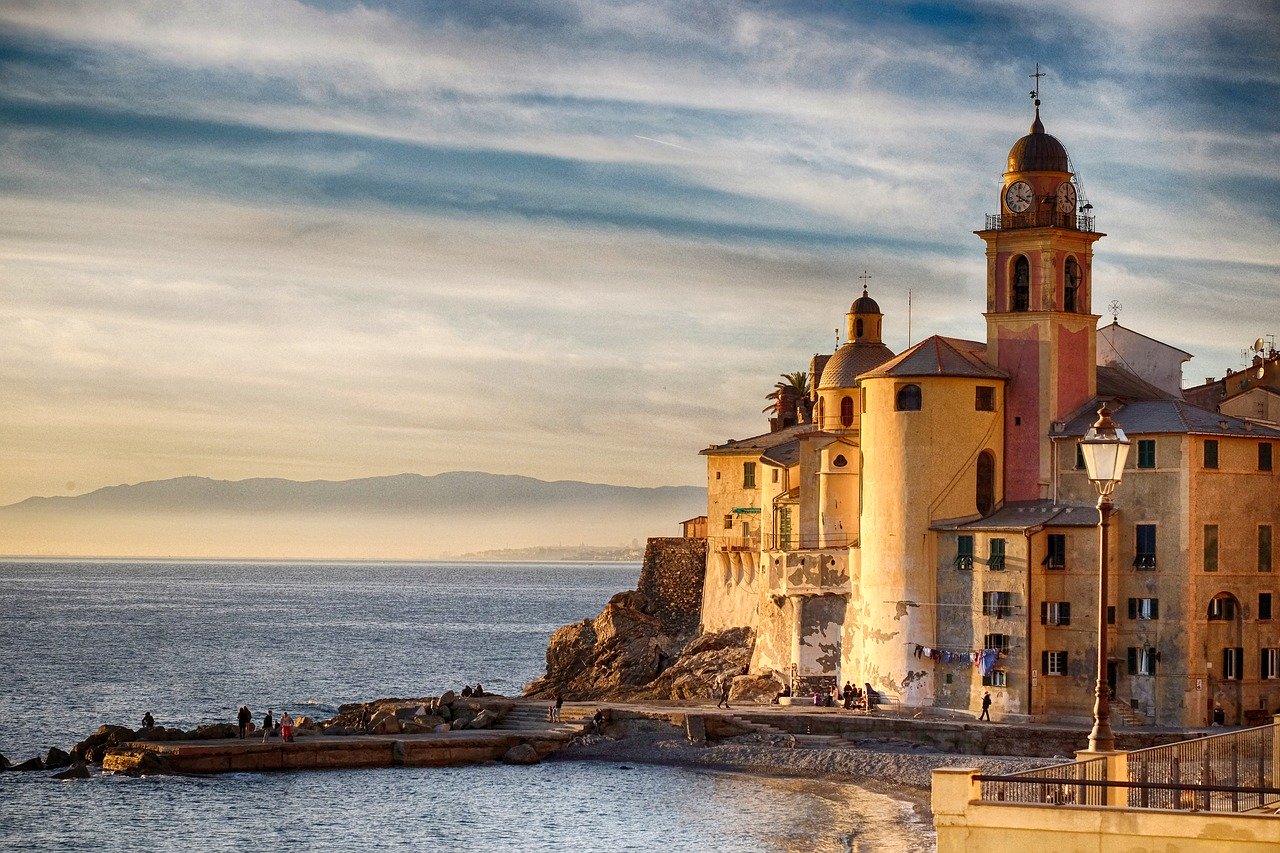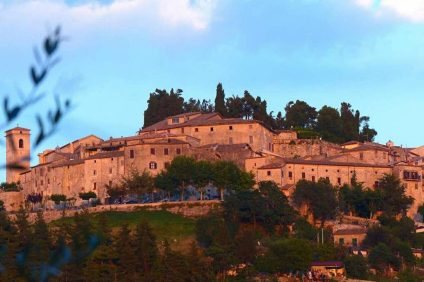Camogli looks like a pearl of history and of the sea. Italy is a precious treasure chest for this very reason. Wherever you go, you have the opportunity to be inebriated with natural, artistic and architectural riches.
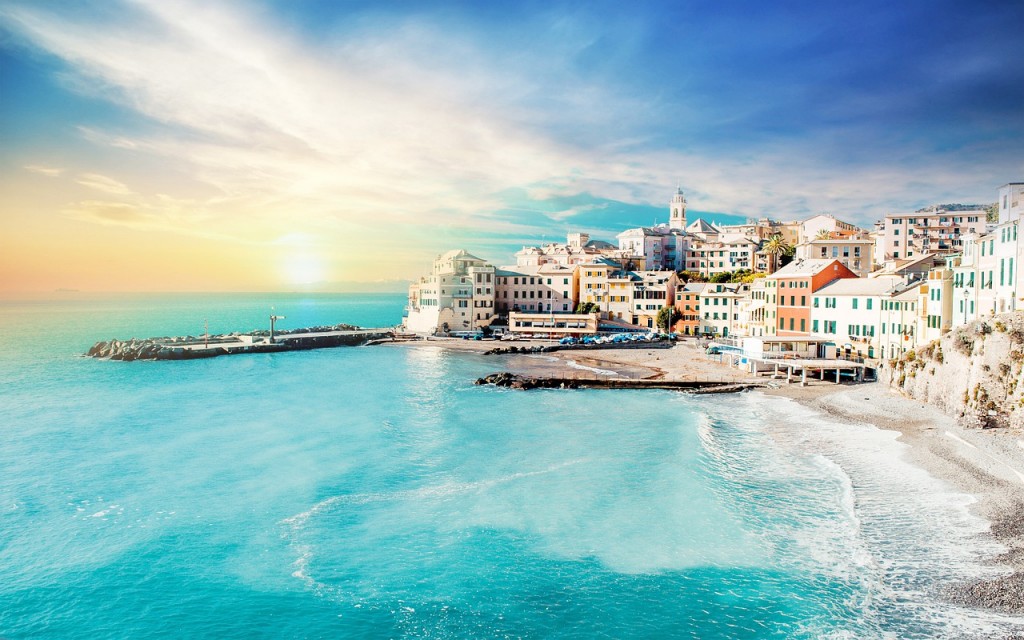
If you are in Liguria or in the surroundings, why not take a trip to Camogli to breathe the sea air in the suggestive setting of the village?
Camogli and its seaside village
The Ligurian Riviera del Levante, in the bay of Golfo Paradiso, guards the village of Camogli like a precious gem. The visitor's eyes will certainly be dazzled by the bright colors that characterize the houses of the village overlooking the sea. The houses are tall and colorful. They embrace the gaze of those who admire them and seem to come to life under the rays of the scorching sun. The colorful buildings are thrown on the sea arriving at the small port, also characteristic of the history of Camogli.
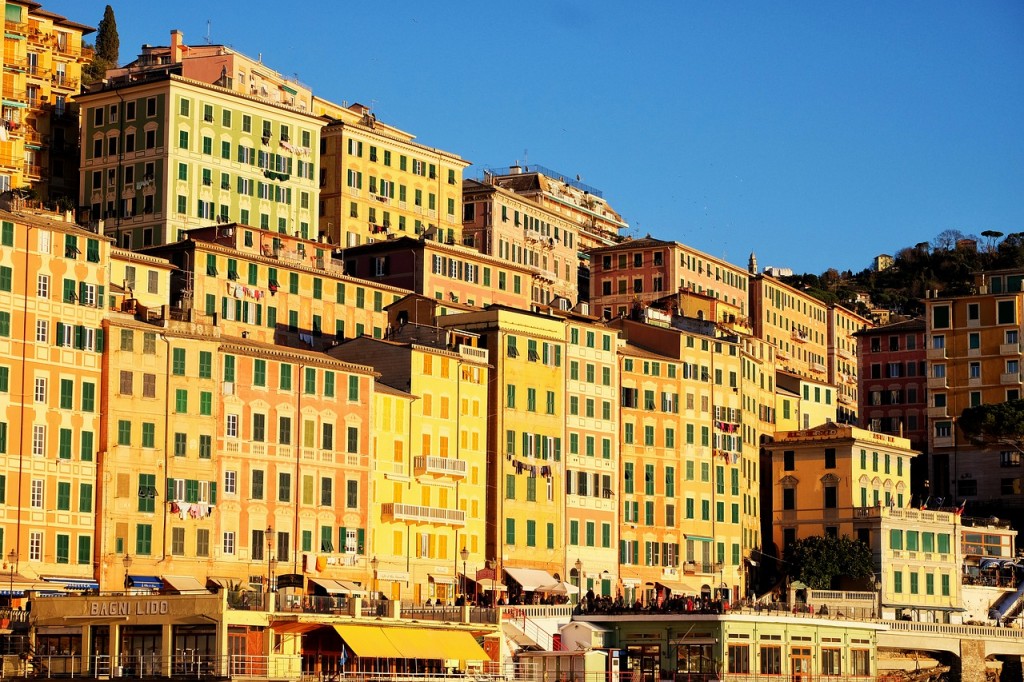
A name full of history
History is not only breathed in the streets. In Camogli, history is also in the name. Saying Camogli means putting together different meanings into a single signifier. Scholars have long examined the etymology of this name. And they have often been at odds. However, the diversity of locations casts further charm on the city. A current of thought traces the origin of the name to the Greek-Ligurian matrix according to which Camogli would mean "land below". The topographical position of the village, which is located below the Rua, would justify such an interpretation. Other research has led to a link with a name attributed to the divinity Mars by the Sabines and the Etruscans, namely Camulus or Camulio. The same matrix would also have identified a reference to Camolio, a Gallo-Celtic deity.

And then there are the currents linked to the habits of life of the ancient Camogliese. These are reconstructions of mere fantasy which, however, give a glimpse into the customs of the village. In Ligurian Camogli is indicated by the term Camoggi, which in turn is translated into cà mogé, Namely house of wives. The meaning is that in that village the wives of the sailors and fishermen who had embarked were waiting. In this wake there is also the interpretation there in muggi, namely pile houses in reference to the layout of the houses in the old part of the town. Ultimately, whatever the right way, Camogli always remains a picturesque painting in which to enter at the same footing.
What to see in Camogli
In addition to history and nature, Camogli offers art and culture to its visitors. First of all, the first places to admire are the churches. Let's talk about the Minor Basilica of Santa Maria Assunta dating back to the XNUMXth century, it overlooks the marina with a double Ionic style facade. You can then take a walk to the Sanctuary of Our Lady of the Grove letting himself be enchanted by its mystical history: in fact, tradition has it that the complex was built in the same place where the apparition of the Madonna took place in 1500. Finally there is the so-called Millennial Church in the hamlet of Ruta built in the XNUMXth century and dedicated to the Sacred Heart of Jesus. Parish church of San Rocco in the hamlet of San Rocco which has a spectacular view of the Paradise Gulf.
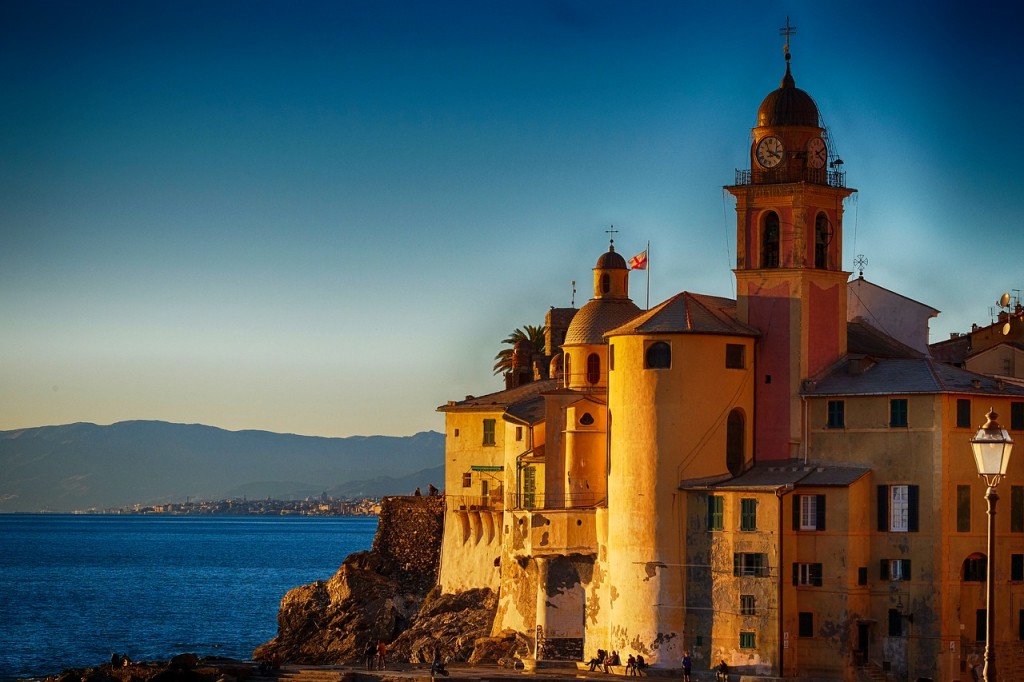
But the things to see don't end there. In fact, two examples of military architecture are also noteworthy: the Castle of the Dragonara and the Battery of Punta Chiappa. The first, otherwise called Castel Dragone, was built in the Middle Ages near the Basilica. It was the scene of public meetings and a refuge during enemy attacks. Nowadays, it is home to cultural events. The Battery of Punta Chiappa is more recent. Erected in the XNUMXs, it had the task of protecting the eastern part of the Gulf of Genoa. During the Second World War it was part of the defensive system of GenoVa, together with the batteries of Arenzano, Monte Moro and Pegli.
The sea of Camogli
As mentioned, Camogli shines with history but also with nature. The sea is the treasure of this village. Therefore among the places to visit we cannot fail to mention la San Fruttuoso bay.
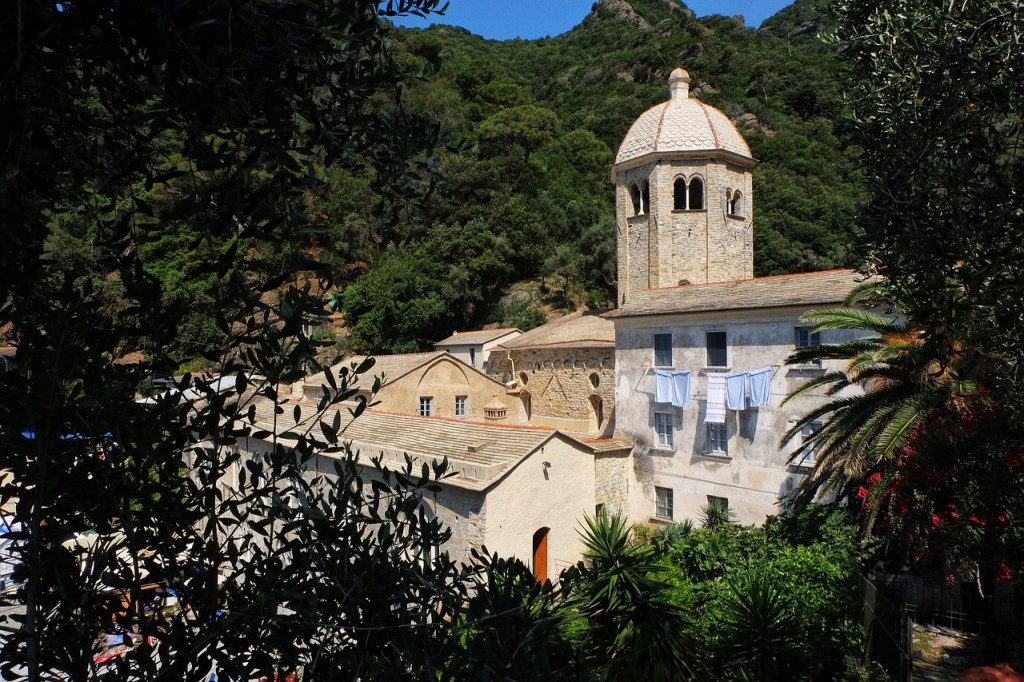
Here, diving into the crystalline sea, you can also admire the Christ of the abyss, sculptural work by Guido Galletti. Since 1954 the statue has stood on the bottom of the bay. And the sea also gives good fruit: among the wonders of Camogli there is finally the cuisine that every good visitor is required to taste and therefore to appreciate.

